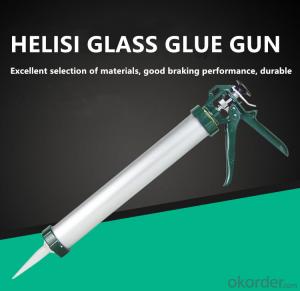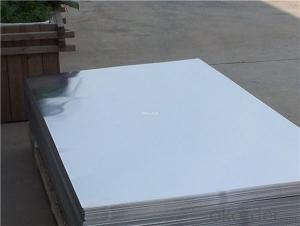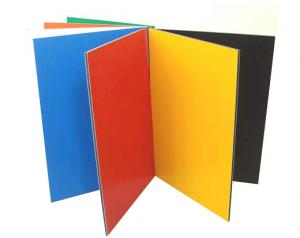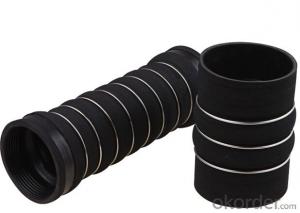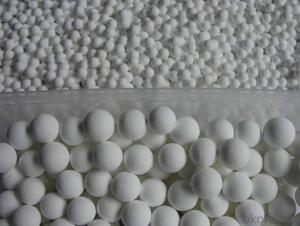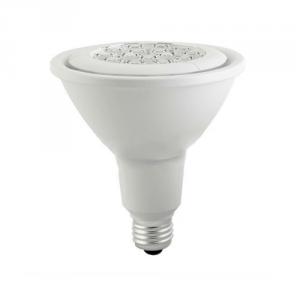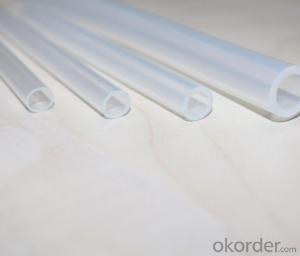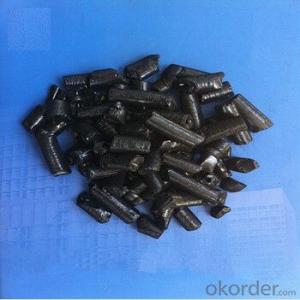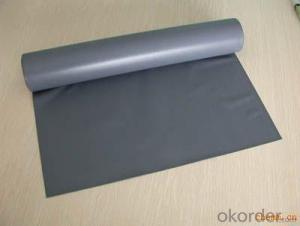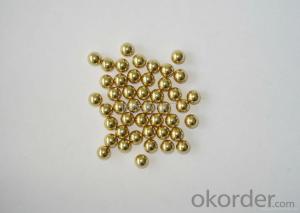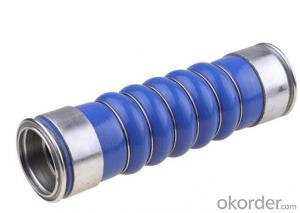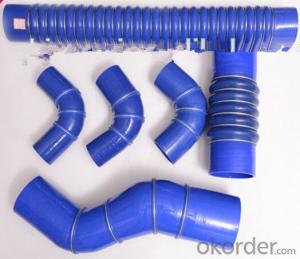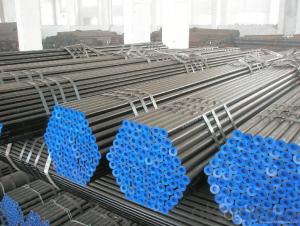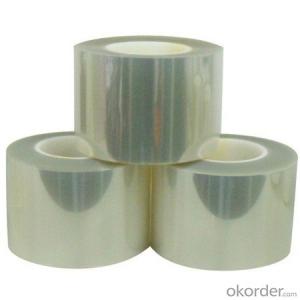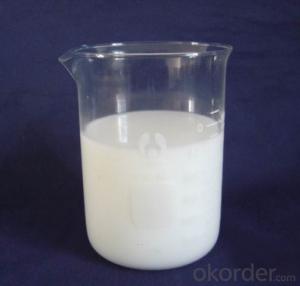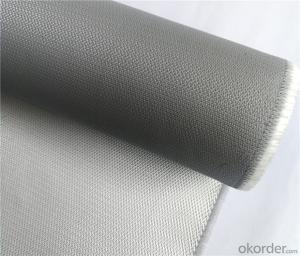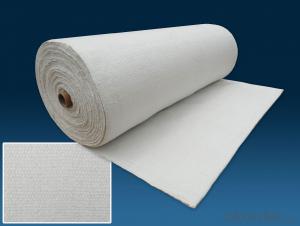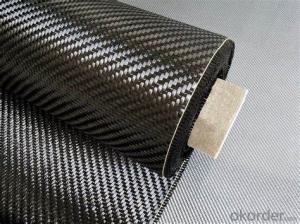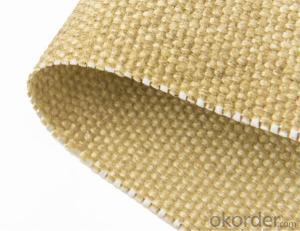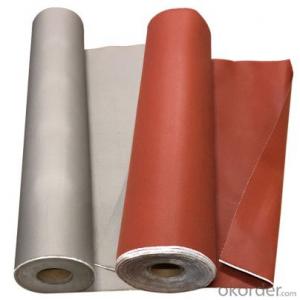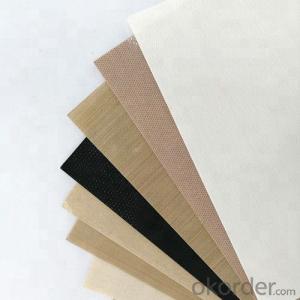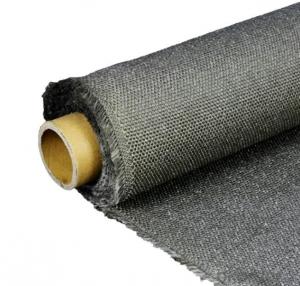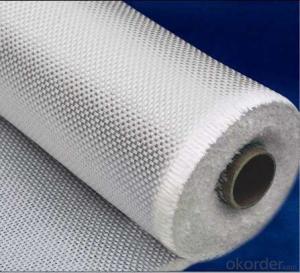Best Silicone Lube
Best Silicone Lube Related Searches
Best Paint For Stainless Steel Best Inverter For Solar System Solar Panel Inverter For Home Best Inverter For Solar Panels Best Solar Inverter For Rv Bending Machine For Pvc Profiles Micro Inverter For Solar Panel Best Glue For Aluminum Foil Pvc Foil For Mdf Plastic Wall Coverings For BathroomsHot Searches
Type Of Inverter For Solar Price Of Shipping Containers For Sale Types Of Inverter For Solar Used Sandwich Panel For Sale Bags Of Cement For Sale Pvc Chairs For Sale Tilt Panel Props For Sale Types Of Temporary Side Panels For Cement Deck Cost Of Awnings For Decks Type Of Scaffolding With Pdf Price Of Scrap Stainless Steel Price Of Stainless Steel Scrap Price Of Stainless Steel Type Of Stainless Steel Best Solar Inverter In China Types Of Stainless Steel Grades Types Of Stainless Steel China Aluminum Coil Factory pvc pipe manufacturers in usa Sandwich Panel Price In IndiaBest Silicone Lube Supplier & Manufacturer from China
Okorder.com is a professional Best Silicone Lube supplier & manufacturer, offers integrated one-stop services including real-time quoting and online cargo tracking. We are funded by CNBM Group, a Fortune 500 enterprise and the largest Best Silicone Lube firm in China.Hot Products
FAQ
- What is the difference between alkali resistant fiberglass mesh and hot dipped galvanized steel wire mesh?
- But it has been proved that the enhanced double-layer reinforced alkali resistant fiberglass mesh fabric is enhanced, and the alkali resistant fiberglass mesh fabric is superior to the hot-dip galvanized steel wire mesh in alkali corrosion resistance and construction operation.Silver YT inorganic active wall thermal insulation system is a new type of non net insulation system, do not need mesh, rivets, also do not need the mortar and plaster mortar, just add water, stir the smearing on the wall, the insulation layer outside the tiles or paint directly.
- Fiberglass fabric excels in high-pressure applications due to its exceptional performance. Its inherent strength and durability allow it to withstand high levels of pressure without compromising its structural integrity. The tightly woven fibers of fiberglass fabric provide excellent resistance to stretching, tearing, and bursting, making it a perfect choice for high-pressure environments. One of the major advantages of fiberglass fabric in high-pressure applications is its ability to maintain dimensional stability, even under extreme pressure. Unlike other materials that may deform or lose their shape, fiberglass fabric retains its form and strength, ensuring consistent performance over time. This stability is crucial in industries like aerospace, oil and gas, and automotive, where high-pressure conditions are prevalent. Furthermore, fiberglass fabric exhibits high chemical resistance, making it suitable for applications involving exposure to corrosive substances or harsh environments. It can withstand the effects of various chemicals, acids, solvents, and even extreme temperatures, ensuring its longevity and reliability in high-pressure settings. Additionally, fiberglass fabric offers excellent thermal insulation properties, which can be advantageous in high-pressure applications where temperature control is vital. It effectively resists heat transfer, preventing energy loss and maintaining the desired temperature within the system. In conclusion, fiberglass fabric excels in high-pressure applications due to its strength, dimensional stability, chemical resistance, and thermal insulation properties. Its ability to withstand high levels of pressure without compromising its structure makes it an ideal choice for industries operating in demanding environments.
- Fiberglass fabric is typically printed using a process called screen printing. In this method, a mesh screen is used to transfer ink onto the fabric, creating the desired design or pattern. The screen is prepared by blocking out areas that are not to be printed, and then ink is pushed through the screen onto the fabric using a squeegee. This allows for precise and durable printing on fiberglass fabric.
- Yes, fiberglass fabric can be used for making filters for air purifiers. Fiberglass fabric is known for its excellent filtration properties, making it an ideal material for capturing and trapping airborne particles such as dust, pollen, pet dander, and other allergens. It can effectively remove these contaminants from the air, improving indoor air quality and promoting a healthier living environment. Additionally, fiberglass fabric is durable and resistant to high temperatures, making it suitable for long-term use in air purifiers. However, it is important to note that fiberglass can release tiny particles when damaged or mishandled, which can be harmful if inhaled. Therefore, it is crucial to handle and maintain fiberglass filters with care to prevent any potential health risks.
- Due to its unique properties, fiberglass fabric is highly effective in high-vibration environments. It possesses inherent stiffness and a high strength-to-weight ratio, making it resistant to vibrations and mechanical stress. When exposed to vibrations, fiberglass fabric efficiently absorbs and disperses the energy, minimizing potential damage and reducing impact. One of the main advantages of fiberglass fabric is its excellent ability to dampen vibrations. It can absorb and dampen vibrations, preventing them from spreading and intensifying throughout the structure. This characteristic is especially important in high-vibration environments, as excessive oscillations can lead to structural fatigue, decreased performance, or even failure. Furthermore, fiberglass fabric is known for its exceptional durability and resistance to corrosion, enhancing its performance in high-vibration environments. It can withstand prolonged exposure to intense vibrations without experiencing degradation or loss of mechanical properties. Additionally, fiberglass fabric offers versatility in design and application. It can be easily molded or woven into various shapes and sizes to meet specific requirements in high-vibration environments. Whether used as a reinforcement material in composites or as a standalone fabric, fiberglass provides reliable and long-lasting performance in demanding conditions. In conclusion, fiberglass fabric is an ideal choice for high-vibration environments due to its stiffness, strength, damping properties, durability, and resistance to corrosion. Its ability to absorb and dissipate vibrations, combined with its design versatility, makes it well-suited for applications where mitigating vibration-related issues is crucial.
- What about laying glass fiber cloth on polyurethane waterproof coating?
- Urea based material can be protected for life.
- To protect yourself from potential hazards when working with fiberglass fabric, it is crucial to adhere to certain safety measures. Here are some essential precautions to keep in mind: 1. Personal Protective Equipment (PPE): It is imperative to wear the appropriate PPE, such as goggles or safety glasses, a respirator or mask, gloves, and protective clothing. These items will help reduce the likelihood of inhaling fiberglass particles, getting them in your eyes, or having direct skin contact. 2. Ventilation: Ensuring that the work area has proper ventilation is essential to prevent the buildup of fiberglass dust or fumes. If working indoors, utilize exhaust fans or open windows to facilitate airflow and eliminate any airborne particles. 3. Dust Control: To minimize the generation of fiberglass dust, employ wet methods, such as wetting the fabric before cutting or using a water mist to control airborne particles. Additionally, consider using a dust collection system or vacuum with a HEPA filter to capture any produced fiberglass dust. 4. Cutting and Handling: When cutting fiberglass fabric, utilize suitable tools like shears or a rotary cutter to avoid fraying. Handle the fabric with care to prevent the release of loose fibers into the air. Whenever possible, use pre-cut fiberglass pieces to reduce the need for on-site cutting. 5. Cleanup: Once the work is completed, clean up any fiberglass dust or debris using a vacuum cleaner equipped with a HEPA filter. Avoid using compressed air or brooms as they can disperse particles into the air. Dispose of any waste material in accordance with local regulations. 6. Hygiene: Maintain good personal hygiene by thoroughly washing your hands and face after working with fiberglass fabric. Launder any contaminated clothing separately to prevent cross-contamination. 7. Training: It is crucial to ensure that all individuals working with fiberglass fabric receive proper training on potential hazards, safety procedures, and the correct usage of PPE. Regularly review and update safety protocols to foster a safe working environment. By adhering to these safety precautions, you can minimize the risks associated with working with fiberglass fabric and safeguard your health and well-being.



